Products Of The Year 2023: The Finalists
CRN staff compiled the top partner-friendly products that launched or were significantly updated over the last year. Now it’s up to solution providers to choose the winners.
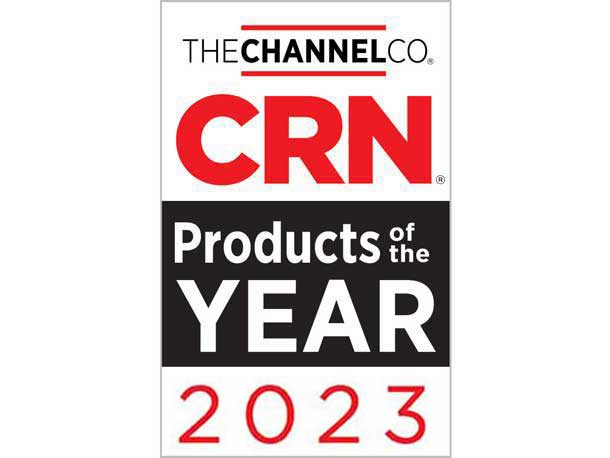
Products Of The Year
The CRN annual Products of the Year awards recognize the leading partner-friendly products, launched or significantly updated over the last year, as selected by the solution providers who bring these products to customers.
The finalists, more than 190 products spanning 33 technology categories, were selected by the CRN staff. Those products have gone into a survey of solution providers who are judging the products according to technology, revenue and profit, and customer need criteria.
The Product of the Year winners will be announced on CRN.com on Dec. 4 as well as be published in the December issue of CRN.
Click ahead for a look at the finalists in each category.
Jump to a category:
*Application Performance and Observability
*Artificial Intelligence - Enterprise
*Business Intelligence and Data Analytics
*Converged/Hyperconverged Infrastructure
*Data Protection, Management and Resiliency
*Power Protection and Management
*Security – Endpoint Protection
*Security – Identity and Access Management
*Security – Managed Detection and Response

AI Infrastructure:
Businesses and organizations are rapidly expanding their use of AI. Building, deploying and running AI and machine learning applications takes a lot of compute horsepower and the ability to process huge amounts of data, however, and that’s boosting demand for AI hardware in data centers and the cloud. Systems that support AI initiatives are expected to provide high levels of performance and scalability.
Dell PowerEdge XE9680
HPE ProLiant DL380a
Lenovo ThinkSystem SR675 V3
SuperMicro Nvidia HGX H100 8 GPU H100 Server

Application Performance and Observability:
As more applications run in hybrid-cloud and multi-cloud environments, maintaining application performance is becoming a more complex chore. Application performance management and observability tools help IT organizations maintain the health, performance and user experience of business applications, according to market researcher Gartner. Such tools are used by IT operations managers, site reliability engineers, cloud and platform teams, application developers and software product owners.
Cisco Full-Stack Observability
Datadog Platform
Dynatrace Platform
IBM Instana
New Relic Platform
SolarWinds Observability
Splunk Observability Cloud

Artificial Intelligence – Enterprise:
The debut of ChatGPT has stirred a great deal of interest in developing and deploying AI-based systems for a broad range of use cases. Advanced AI platforms can streamline the development and production deployment of a broad range of AI and machine learning systems.
Amazon Bedrock/Sagemaker
Google Vertex AI
HPE GreenLake for Large Language Models
IBM Watsonx
Microsoft AzureOpenAI Service
MongoDB Atlas
Nvidia AI Enterprise

Big Data:
Data volumes continue to explode and the global “datasphere” – the total amount of data created, captured, replicated and consumed – is growing more than 20 percent a year and is expected to reach approximately 291 zettabytes in 2027, according to market researcher IDC.
But wrangling all that data is a major challenge for businesses and that’s fueling demand for a range of big data tools to help businesses access, collect, manage, move, transform, govern and secure data.
Cloudera Data Platform
Databricks Lakehouse Platform
HPE Ezmeral Data Fabric
Microsoft Intelligent Data Platform
Oracle Big Data Services
Snowflake Data Cloud

Business Intelligence and Data Analytics:
Many businesses and organizations are deriving huge value and competitive advantages from data generated by their own IT systems, collected through customer transactions and acquired from outside sources.
Businesses analyze data to gain insights about markets, their customers and their own operations. They are using the data to fuel digital transformation initiatives. They are even using it to support new data-intensive services or packaging it into data products.
Amazon Redshift
Domo Data Experience Platform
Google Big Query
Microsoft Power BI
MicroStrategy One
Qlik Sense
Tableau
ThoughtSpot Analytics

Converged/Hyperconverged Infrastructure:
Converged and hyperconverged IT infrastructure integrates compute, storage, networking and virtualization resources into a single system. Converged and hyperconverged systems help reduce IT and data center costs, simplify systems management, improve operational efficiency, and boost system scalability and agility.
The global market for hyper-converged infrastructure systems is expected to grow at a CAGR of 13.2 percent to reach $14.52 billion in 2030, according to SkyQuest Technology Consulting.
Dell Technologies VxRail VD-4000
HPE Greenlake for HCI
Lenovo ThinkAgile VX Series
NetApp FlexPod
Nutanix HCI
PureStorage AIRI//S
Scale Computing SC//Platform

CRM/ERP:
Enterprise Resource Planning and Customer Relationship Management software is the operational backbone for many businesses and organizations. ERP applications are the tools they use to automate and manage their business processes including accounting and finance, HR, supply chain and procurement, manufacturing, and more. CRM applications are used to manage a business’s interactions, including sales, marketing, support, with customers and prospects.
Microsoft Dynamics 365
Oracle NetSuite
Sage Intacct/X3
Salesforce Customer 365
SAP S/4HANA Cloud
Syspro ERP

Data Protection, Management and Resilience:
There’s a saying that data is the lifeblood of the modern enterprise. Data that’s lost or unavailable, either due to system failure, a disastrous event like a fire or earthquake, human error or a cyberattack, can cause major disruptions.
Data resilience and protection systems and services help businesses protect and maintain access to data, and identify, detect, respond and recover from data-destructive events.
Arcserve Unified Data Platform
Cohesity Data Cloud
Commvault Platform
HPE GreenLake for Backup and Recovery
Proofpoint Sigma Information Protection
Rubrik Security Cloud
Veeam Data Platform
Zscaler Data Protection
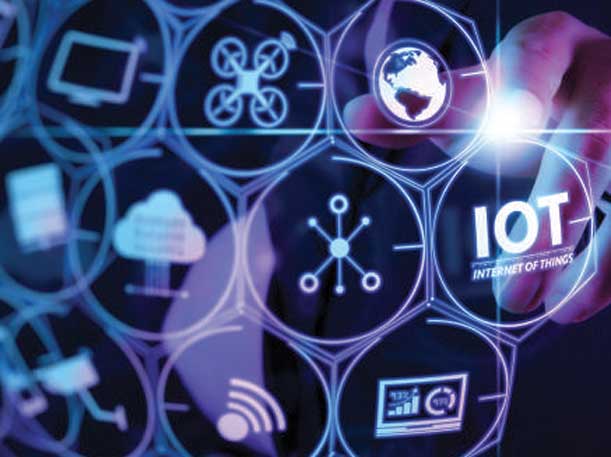
Edge Computing/IoT:
Efforts to bring applications and data processing closer to data sources is driving the proliferation of local edge servers and IoT devices. That, in turn, is driving demand for products to better manage and support increasingly distributed computing networks.
The market for edge computing hardware, software and services is expected to grow at a CAGR of 15.7 percent to $111.3 billion by 2028, according to markets and markets.
Aruba Central NetConductor
Eaton 5PX Gen2
HPE Edgeline
Nvidia Fleet Command
Scale Computing Fleet Manager
Schneider Electric EcoStruxture Micro Data Center
Zededa Enterprise

Hybrid Cloud Infrastructure:
Hybrid cloud infrastructure combines cloud-based (often Infrastructure-as-a-Service) resources with on-premises/private cloud IT systems, working together to provide businesses with the flexibility and scalability they need to support business workloads and processes, according to a definition from virtualization technology giant VMware.
AWS Outposts
Dell Technologies Apex
HPE GreenLake
Microsoft Azure Stack HCI
VMware Cloud Foundation

Industry-Standard Servers:
Industry-standard servers are a core component of on-premises data center operations – and a key IT vendor product sold through the channel.
Statista forecasts that server revenue overall will reach $90.8 billion this year and grow at a CAGR of 5.72 percent through 2028 to $119.9 billion.
But as businesses ramp up AI, machine learning and other high-performance computing workloads, demand for industry-standard servers may slow as demand for more specialized, high-powered servers increases.
Cisco UCS X-Fabric with PCIe node for GPU workloads
Dell PowerEdge R760
HPE ProLiant Gen11
IBM Power 10 Servers
Lenovo ThinkSystem V3
SuperMicro H13

Laptops:
Laptop computers are another channel technology staple.
Demand for laptop computers soared during the COVID-19 pandemic as many people began working from home. But the PC market, including laptops, has been in a serious slump since early 2022 due to macroeconomic headwinds, weak demand from both businesses and consumers, and shifts in IT budgets away from device purchases, according to market researcher IDC.
But IDC recently said there are early signs of growth in the PC market and is forecasting that PC shipments will grow 3.7 percent in 2024 to 261.4 million units.
Acer Swift Go 16/Edge 16
Dell Precision 7780/7680
HP Dragonfly G4
Lenovo ThinkPad X1 Carbon Gen 11
MacBook Pro M2 Max (16-inch)
Samsung Galaxy Book3 Ultra

MSP Tools:
Managed services have been one of the fastest growing segments of the IT channel as more businesses, organizations and government entities rely on MSPs to manage their IT infrastructure and end-user systems.
That’s boosting demand for MSP platforms, including the remote monitoring and management tools, professional services automation systems and other tools that MSPs rely on to do their jobs.
Atera
ConnectWise ScreenConnect
HaloPSA PSA
ITGlue
LionGard Configuration Change Detection and Response
N-able N-Central RMM
Pia aiDesk
Rewst
Syncro
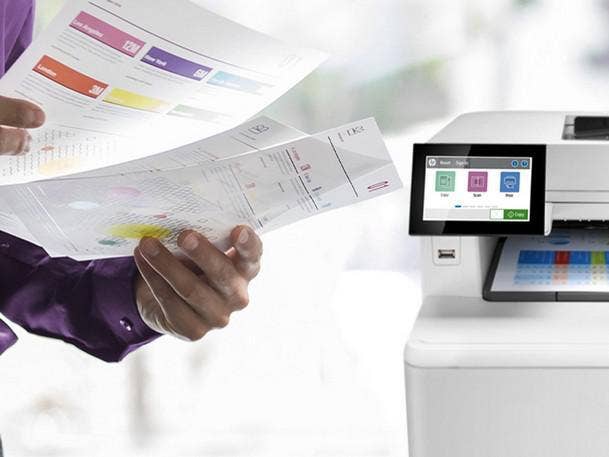
Multifunction Printers:
Multifunction printers combine the functionality of a printer, copier, scanner and fax machine into one device.
Despite increased digitalization of documents and environmental awareness among consumers, multifunction printer sales continue to increase: The global multifunction printer market reached $23.82 billion in 2021 and will grow at a 2.94 percent CAGR to $28.35 billion in 2027, according to Benzinga.
Brother Workhorse MFC-L9670CDN
Canon Maxify GX7020X
Epson Workforce Enterprise AM-C6000
HP Color LaserJet Enterprise MFP 6800 Series
Lexmark CX635adwe
Xerox VersaLink B625
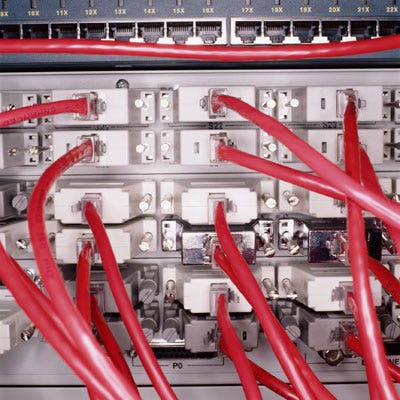
Networking – Enterprise:
Networking hardware, including routers, switches, hubs and bridges, have long been a mainstay of the channel.
Today channel companies offer networking solutions and services that span data center and cloud networks, wireless networks, campus LAN and WAN, Network-as-a-Service, SD-WAN, network management and automation, and network security systems.
Cisco Catalyst with Meraki management option
Extreme Networks CoPilot
F5 Distributed Cloud Network Connect
HPE GreenLake for Aruba
Juniper Networks Secure Edge

Networking – SMB:
Networking solutions for small and midsize businesses is a key market for the channel. As with the enterprise networking market, hardware products like routers, switches and WiFi systems – tailored for SMB customers – are a big part of the channel. But SMB customers often look to their solution providers not just for products, but for all-in-one networking solutions and bundled services.
Cisco Meraki
CradlePoint NetCloud Exchange
HPE Aruba Instant On
Netgear PR60X Router
CommScope ICX 8200 Switches
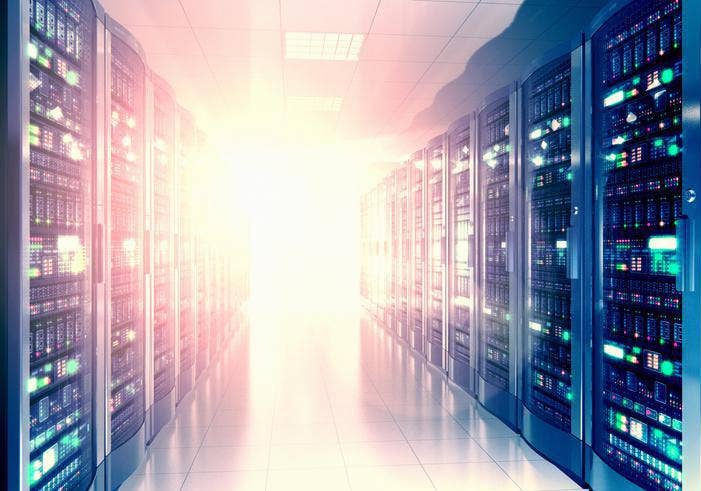
Power Protection and Management:
Power protection and management systems and appliances are a critical component for protecting critical IT infrastructure and keeping data centers up and running in the event of extreme events. The product category includes technology for monitoring and managing power usage, protecting IT systems against electricity surges, and providing backup in the event of power failures.
CyberPower Smart App Sinewave UP
Eaton G3 Universal Input Rack PDU
Schneider Electric APC Smart-UPS Modular Ultra
Vertiv Liebert Power-UPS Lithium
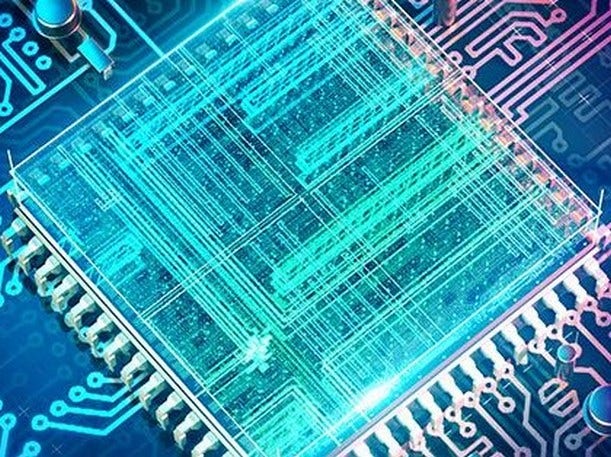
Processors – CPU:
CPU semiconductors are the processing engines that power servers, laptop and desktop PCs, and mobile devices. Intel was long-dominant in the CPU space, but rival AMD has developed highly competitive products in recent years. Apple, meanwhile, has been developing its own “silicon” for its Mac, iPad and iPhone devices.
AMD Ryzen Pro 7040 Series
Apple M2 Ultra
13th-Gen Intel Core P-series
AMD Epyc 9004 series
4th-Gen Intel Xeon Scalable Processors
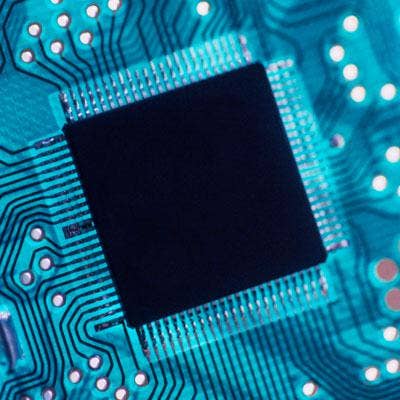
Processors – GPU:
Graphics processing units or GPUs are a specialized processor originally developed to accelerate the performance of computer graphics. But they are increasingly being designed into IT systems for high-performance computing tasks such as data science and AI applications.
Nvidia has been a pioneer in developing GPUs for a broad range of applications, but rivals Intel and AMD have been expanding their GPU product portfolios.
Nvidia H100 Tensor Core GPU
Intel Data Center GPU Max 1550
Nvidia RTX 6000 Ada Generation
AMD Radeon Pro W7900
Intel Arc Pro A60
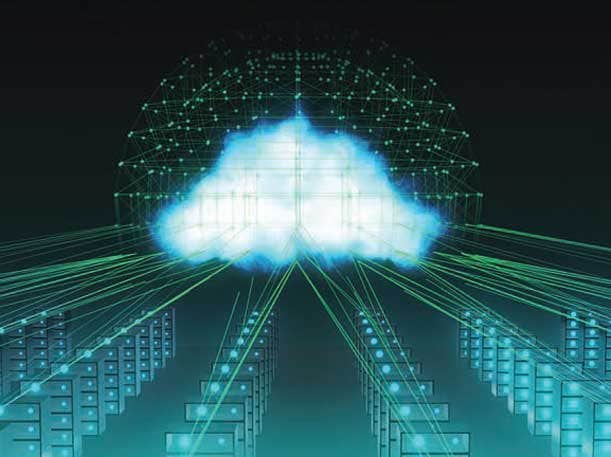
Public Cloud:
Public cloud services provide businesses and organizations with an alternative to building and managing their own IT systems and data centers. Public Cloud platforms offer rapidly growing portfolios of cloud products and services such as application hosting, data storage and analytics.
The value proposition is that cloud services reduce capital spending for businesses and provide more flexibility by allowing them to scale IT usage up or down as needed.
In the second quarter of 2023 the “Big Three” cloud providers (Amazon Web Services, Google Cloud and Microsoft Azure) collectively generated about $54 billion in revenue.
Amazon Web Services
Google Cloud Platform
Microsoft Azure
Oracle Cloud Infrastructure (OCI)
Snowflake Data Cloud
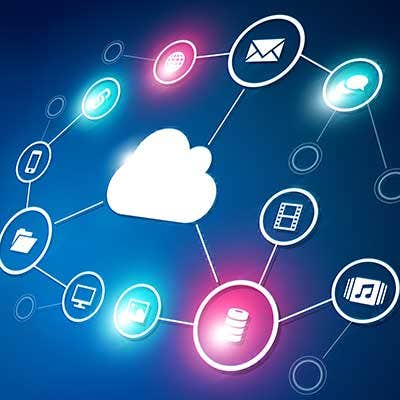
SD-WAN:
SD-WAN is a software-defined approach to managing and optimizing the performance and security of wide area networks that connect users to applications and cloud platforms.
SD-WAN is a significant market for the channel: MarketsandMarkets expects the global SD-WAN market to grow at a CAGR of 31.9 percent from $3.4 billion in 2022 to $13.7 billion in 2027. The growing use of mobility services is a significant growth driver.
HPE Aruba EdgeConnect SD-WAN
Aryaka Managed SD-WAN
Cato Networks SD-WAN as a Service
Fortinet Secure SD-WAN
Palo Alto Networks Prisma SD-WAN
Versa Networks SD-WAN

Security – Cloud:
The rapid growth of cloud computing has created new security challenges for businesses and organizations as they adopt and utilize distributed IT infrastructure, applications and data that lie outside of the corporate firewall. Cloud security technology provides a range of capabilities including protection against internal and external threats, identity and access management, data security and governance, and network visibility and management.
Aqua Security AI-Guided Remediation
CrowdStrike Falcon Cloud Security
LaceworkCIEM
Palo Alto Networks CI/CD Security
SentinelOne Singularity Cloud
Wiz Digital Forensics
Zscaler Resilience

Security – Email:
Email is perhaps the most common vector for cybersecurity attacks including spam, phishing, malware delivery and system takeover. A Mimecast survey of CISOs and other IT professionals, included in the company’s State of Email Security 2023 report, finds that 75 percent of respondents have experienced an increase in email threats and 59 percent say cyberattacks are growing increasingly sophisticated.
Email security products, including anti-virus tools, spam filters and encryption systems, are a key component of a business’s overall IT security strategy.
Abnormal Security CheckGPT
Barracuda Email Protection
Cloudflare Area 1 Cloud Email Security
Mimecast Cloud-Integrated Email Security
Proofpoint Aegis Threat Protection

Security – Endpoint Protection:
Businesses can be most vulnerable through the endpoint devices (desktop PCs, laptops, smartphones) that employees use for everyday work, along with embedded devices, IoT and other edge computing systems. This is especially true with today’s post-pandemic hybrid work practices where many of these devices now sit outside of corporate security perimeters.
Products in this technology category include antivirus and antimalware tools, endpoint protection platforms, and endpoint detection/response and extended detection/response software.
CrowdStrike Falcon Go
SentinelOne Singularity Security DataLake
Sophos Intercept X Endpoint Updates
ThreatLocker Ops
Trend Vision One – Endpoint Security

Security – Identity and Access Management:
Businesses use identity and access management tools, backed by related policies and processes, to manage digital identities and control access to corporate IT systems and data. IAM tools, a foundational cybersecurity technology for zero trust IT initiatives, are key to identifying, authenticating and authorizing users – including employees and trusted business partners – while protecting against unauthorized access.
CrowdStrike Falcon Identity Protection
CyberArk Secure Browser
Microsoft Entra ID Protection
Okta Device Access
PingOne Protect

Security – Managed Detection and Response:
Many businesses and organizations, especially SMBs, lack in-house cybersecurity expertise. Many turn to managed detection and response (MDR) providers for outsourced services that monitor clients’ IT systems, endpoints, networks and cloud environments on a 24/7 basis and respond to detected cyberthreats. MDR offerings generally combine cybersecurity teams, advanced threat detection tools and security operations center functions.
Arctic Wolf Incident Response JumpStart retainer
CrowdStrike Falcon Complete XDR
Deepwatch MDR Platform Updates
Huntress MDR for Microsoft 365
Sophos MDR Platform Updates

Security – Network:
Businesses face a number of challenges as they try to keep their network infrastructure secure and operational. Potential threats include distributed denial-of-service (DDoS) attacks, network-based ransomware, insider threats and password attacks, to name a few.
Securing corporate networks, meanwhile, has become all the harder with the move to remote work and the increasing use of cloud applications.
The specific technology components of a sound network security strategy include firewalls, SASE (secure access service edge) systems, network access control technology, , antivirus and antimalware software, intrusion prevention systems, and tools for cloud, application and email security.
Cisco Secure Firewall 4200 Series
Fortinet FortiGate 3200F
Netskope Cloud Firewall
Palo Alto Networks Prisma SASE Update
SonicWall Monthly Firewall Security Services
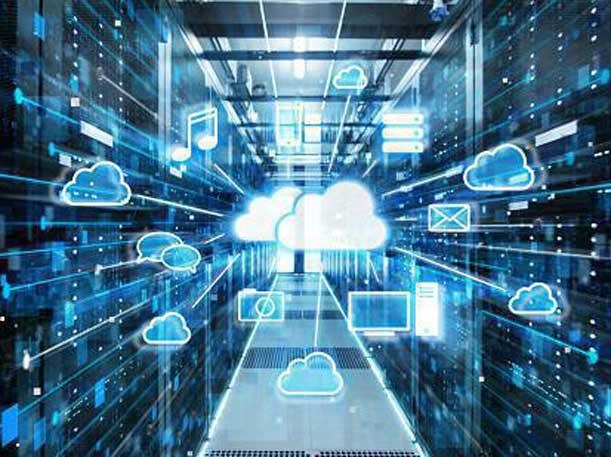
Storage – Enterprise:
The volume of digital data created is expected to reach 120 zettabytes this year and continue growing to 181 zettabytes in 2025, according to market researcher Statista. While more data is being stored on cloud platforms, many businesses and organizations maintain on-premises data storage systems – either standalone or as part of a hybrid system – for a number of reasons including data security and reduced internet costs.
DDN AI400X2 QLC and hybrid storage arrays
Dell PowerStore
HPE Alletra Storage MP
IBM Flash Systems
Lenovo ThinkSystem DG Enterprise Storage Arrays
NetApp ASA family
Pure Storage Pure//E
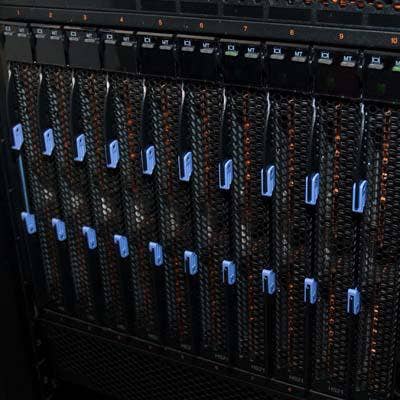
Storage – SMB:
Storing and maintaining data is no less important for small and mid-size businesses than it is for enterprise organizations. SMB storage systems are expected to be easy to operate – if not self-managing – and cost-effective. Demand for personal data storage devices such as external hard drives and SSDs is being driven by the move to remote work as well as more employees working with audio, video and graphics-rick content that requires more storage capacity.
Asustor AS54
Buffalo TeraStation 71210RH NAS
iXsystems TrusNAS Scale “Bluefin” 22.12.1
Qnap TS-A1642
Synology DS224+

Storage – Software-Defined:
Software-defined storage is, well, defined as technology that uncouples or abstracts storage management and provisioning from the underlying hardware. One benefit is that pools of physical storage resources can be managed as a single system, helping to reduce costs compared to traditional storage area network (SAN) and network-attached storage (NAS) systems.
The global market for software-defined storage solutions reached $16.25 billion in 2022, according to Maximize Market Research, and is forecast to grow at a CAGR of 25.8 precent to $81.04 billion in 2029.
Dell APEX Data Storage Services
Google Cloud NetApp Volumes
HPE GreenLake for Storage Fabric management
Infinidat InfuzeOS Cloud Edition
Pure Storage Pure Cloud Block Store for Azure Windows
Azure Native Qumulo Scalable File Service
Vast Data Platform

Tablets:
Tablet PCs have become popular for both commercial and consumer applications, especially those that involve video and graphical content including video conferencing, preparing and showing presentations, and gaming. Tablet computers are also popular for use in rugged industrial, construction and field service environments.
The global tablet PC market is forecast to grow at a CAGR of 5.5 percent from just over $67 billion this year to nearly $97.5 billion in 2030, according to Market Research Future.
Apple iPad Pro M2
Dell Latitude 7230 Rugged Extreme Tablet
Google Pixel Tablet
Microsoft Surface Pro 9
Samsung Galaxy Tab S9 Ultra

Unified Communications – Enterprise:
Unified communications, which integrates VoIP, instant messaging, video conferencing and other communication capabilities through a single interface, has taken on increased importance with more employees working from home and other remote locations.
Unified communications has long been a channel mainstay with solution providers implementing and maintaining UC systems. The rapid adoption of Unified Communications-as-a-Service (UCaaS) – sales are expected to grow at a 16.3 percent CAGR to $118.8 billion globally by 2031 (Allied Market Research) – has provided the channel with significant opportunities.
8x8 eXperience Communications Platform
Cisco Webex Calling
Intermedia Unite
Microsoft Teams
RingCentral RingSense
Zoom One

Unified Communications – SMB:
While offering the same core capabilities as many enterprise-class Unified Communications systems and services, a number of vendors provide products and services tailored for SMB customers including video conferencing equipment, web conferencing and online meeting software, and complete on-premises and UCaaS systems.
DTEN D7X
Google Workspace
LogMeIn GoToMeeting
Nextiva Workhub